How to Train and Handle Your Racing Pigeons The Right Way by Theunis F – Gallez Jules – Degrave Martin (PIPA)
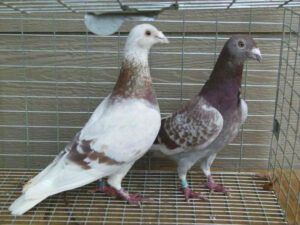 The training of a pigeon starts the moment it is weaned and has to fend for itself. Youngsters are weaned any time between 21 and 28 days of age.
The training of a pigeon starts the moment it is weaned and has to fend for itself. Youngsters are weaned any time between 21 and 28 days of age.
They would normally not attempt to eat during the first day after having been taken away from their parents. Therefore it is better to take them away in the evening, after they have been fed. If fed properly, they will not be too hungry the next morning.
The first lesson to teach them will be to drink water and to know where the water is. This is done on the evening of the first day after they have been weaned, by gently dipping their beaks into the water dish. Don’t pick the youngster up from the floor. Leave it to stand on its feet, just holding it over the back and wings with one hand and dipping its beak into the water with the other hand. It will struggle a little, but will start drinking the moment it realises that its beak is being dipped into water. Sometimes it will be necessary to repeat the exercise the next day, but most pigeons will go to the water themselves the next day.
You may also try feeding them now and I usually place a little food in the hopper so that they can see it. Some of them will immediately start picking at the food and their example will be followed by the others. Never feed just weaned youngsters on fine foods such as wheat or other fine seeds. Give them only pleas, beans and maize. Youngsters get spoiled on fine foods and don’t want to eat the other foods later. This bad habit will only show up when you start exercising them since they cannot eat sufficient quantities of their favourite fine seeds to build up the required energy. At feeding you will soon pick out the pigeons that only eat fine seeds by their habit of running around in the loft with outspread wings and showing every sign of being half-starved.
This is also the time to get them use to your call or whistle (whichever method of calling you wish to adopt). Even the rattling of the food tin will tell them that it is feeding time and if they are hungry, they will respond to your call after the second or third day.
Although there are fanciers who believe that youngsters should not be rationed, they should certainly not be overfed. For the fancier this is also a good training in itself to learn to know exactly how much food his pigeons get at any time. The amount of food eaten will vary from meal to meal but one should be abie to get some idea of quantities. The youngsters should be fed just enough at a time to last them until the next meal. Remember that the fancier who overfeeds his pigeons has no hope of exercising any control over them.
In the beginning I would advise you to hand-feed the birds. This means that you should either sit or stand in the loft and feed them by putting down their food hand by hand, watching them as they eat. You should only put down a handful at a time and will soon learn to know when they have had enough. There are various signs indicating that this point has been reached. Some fanciers stop feeding when the first or second bird goes for a drink. Experience will help you to recognise when the birds are satisfied.
Decide which fancier to put your faith in and do as he advices you. Read as much about pigeon racing as you can, but try to form your own opinions about things. Try to avoid chopping and changing after every book or article you have read, or after each visit to the previous week’s winner.
I began by advising you to visit as many fanciers possible. However decide beforehand what you want to do and stick to it. No fancier can achieve success when he keeps changing ; this is one of the lessons you will have to learn. Do one thing at a time and have patience. If you make several changes simultaneously, you will never be able to teil which change was the correct one, if success is achieved afterwards.
It is worthwhile tackling one problem at a time and mastering it. Pigeon racing is something that cannot be mastered in a short time. If you learn nothing else from it, it will at least teach you to have patience!
The most successful fanciers are those who have struggled the most in the beginning and who have made the most mistakes. They have learnt from experience and know the answers both to their problems and yours.
How to Train and Handle Your Racing Pigeons The Right Way by Theunis F – Gallez Jules – Degrave Martin (PIPA)

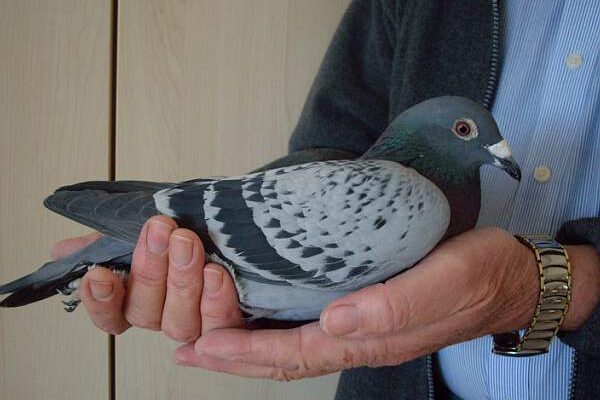

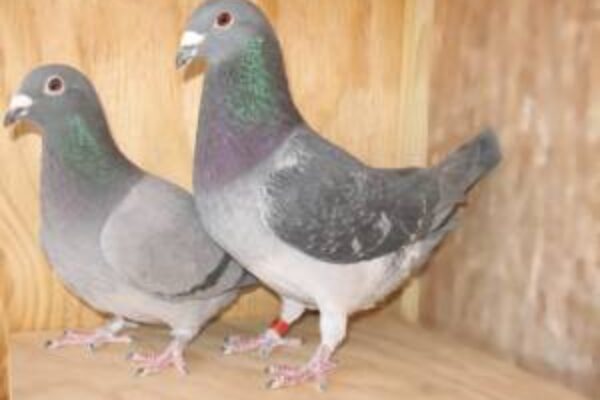
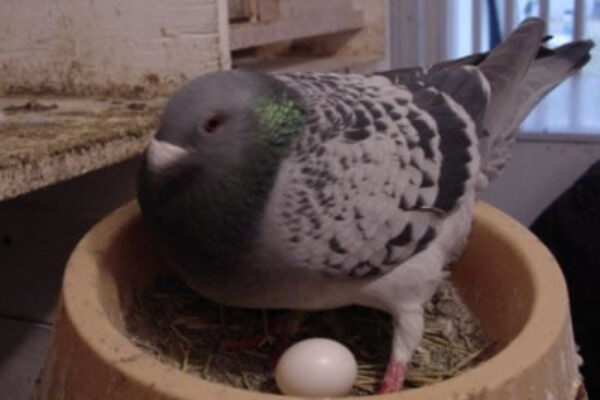
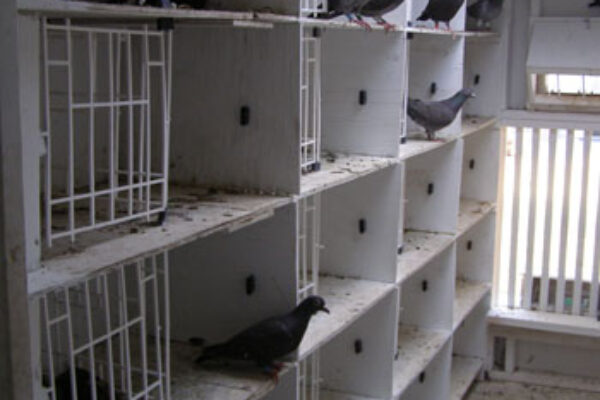


Hi. Nice Text. I have 2 chicks from the Janssen and Oneroy bloodline. they have been flying for 8 days and Know well about the water and even bathing. today was the day 9th that they fly. actually, they were been flying for about half an hour and they came back, but the male chick flew again with his mother and didn’t come back. I found him so clever because I was watching him and his sis for the last 8 days. He actually was flying over my place but didn’t want to land. I should mention he was hungry so so, and then he didn’t show any desire to spread food on the floor, despite his other friends. there are a few dozen tall buildings around my house and a lot of wild pigeons and domestic pigeons belong to other people. Just tell me gonna he be back tomorrow morning?
Great advice
I had a different experience, if a pare is in young age healthy and belongs to a good blood then he ll produce healthy chicks, and a perfectly healthy chick has no need to any type of training to eat and drink, even in flying and go out and comeback into the cages.Just look on the wild pigeons, who traind there chicks to survive? We only nead to provide them safe,healthy and natural atmosphere,healthy food, and require medicine.
A good article but the process is not that complicated. We have little problem moving the young away from the parents. If they have never drank then dipping the bill will work if needed. I find one of the easies ways to teach them is put two or three older birds in with them and you seldom will have any problems.
Nice Add Al, thanks for posting!